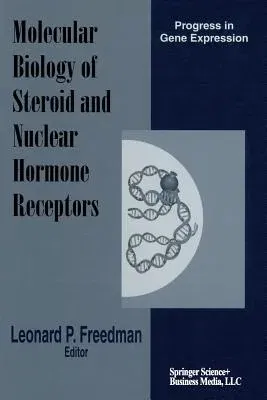Molecular Biology of Steroid and Nuclear Hormone Receptors (Softcover Reprint of the Original 1st 1998)Paperback - Softcover Reprint of the Original 1st 1998, 23 October 2012

Qty
1
Turbo
Ships in 2 - 3 days
In Stock
Free Delivery
Cash on Delivery
15 Days
Free Returns
Secure Checkout
Part of Series
Progress in Gene Expression
Print Length
319 pages
Language
English
Publisher
Birkhauser
Date Published
23 Oct 2012
ISBN-10
1461272718
ISBN-13
9781461272717
Description
Product Details
Book Edition:
Softcover Reprint of the Original 1st 1998
Book Format:
Paperback
Country of Origin:
NL
Date Published:
23 October 2012
Dimensions:
23.39 x
15.6 x
1.8 cm
ISBN-10:
1461272718
ISBN-13:
9781461272717
Language:
English
Location:
Boston, MA
Pages:
319
Publisher:
Series:
Weight:
476.27 gm

